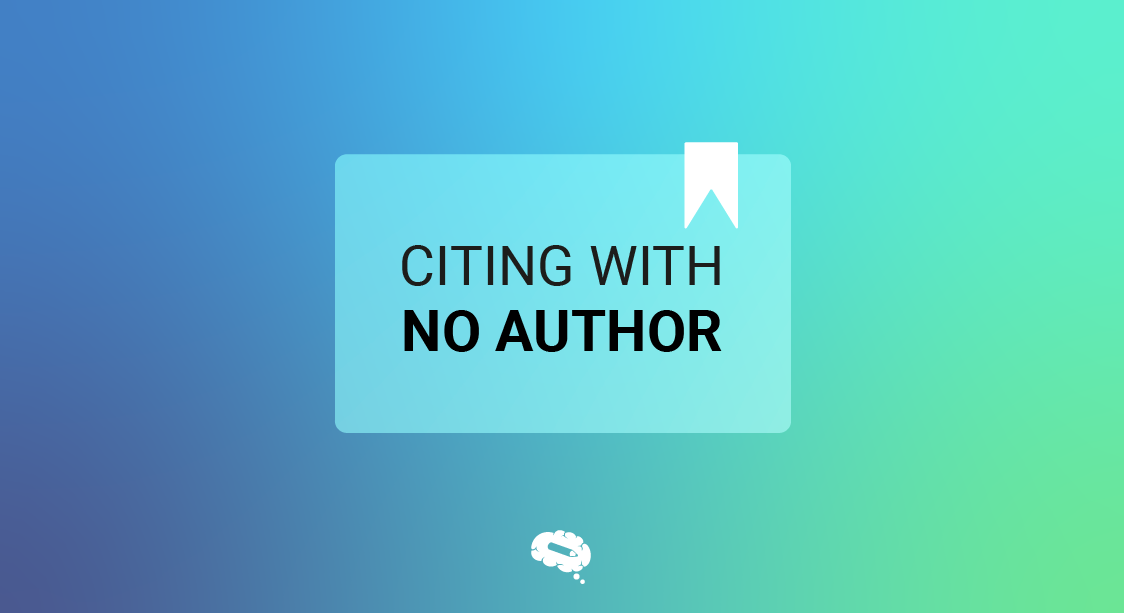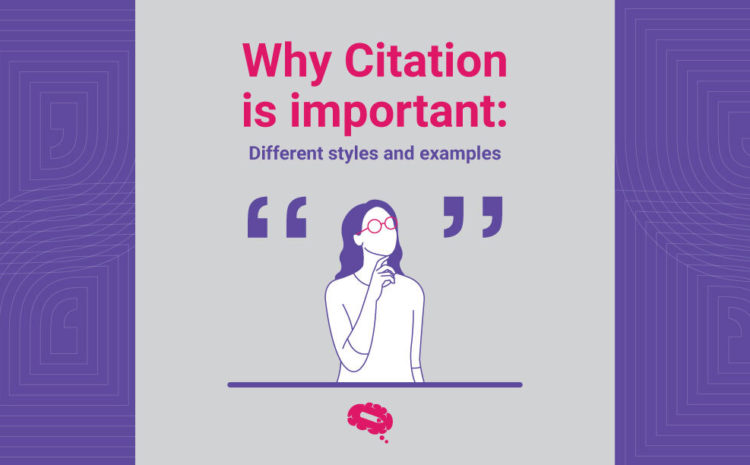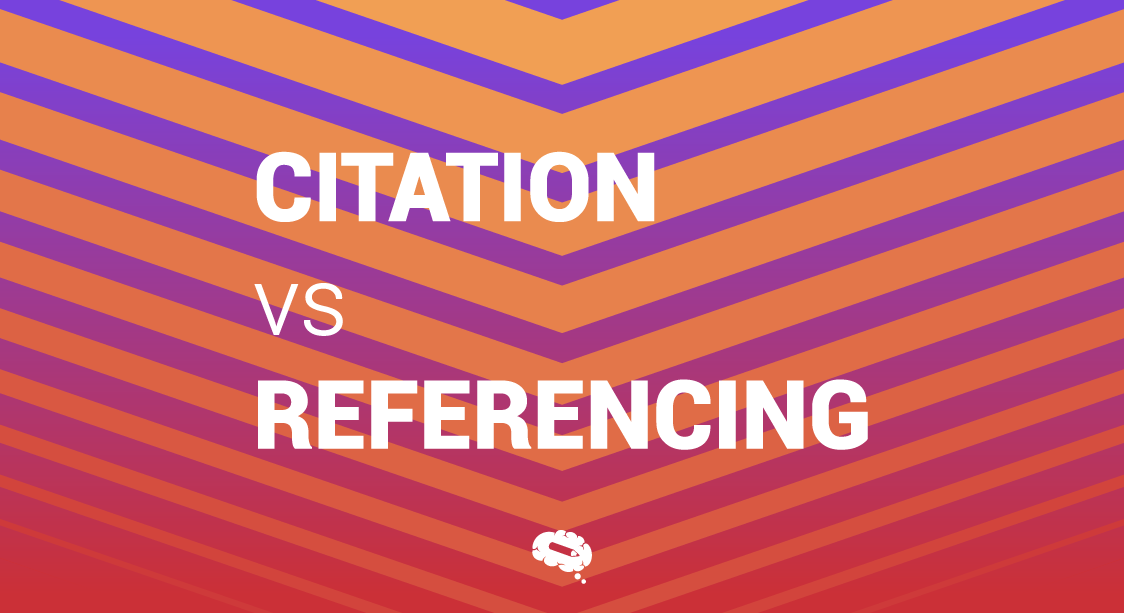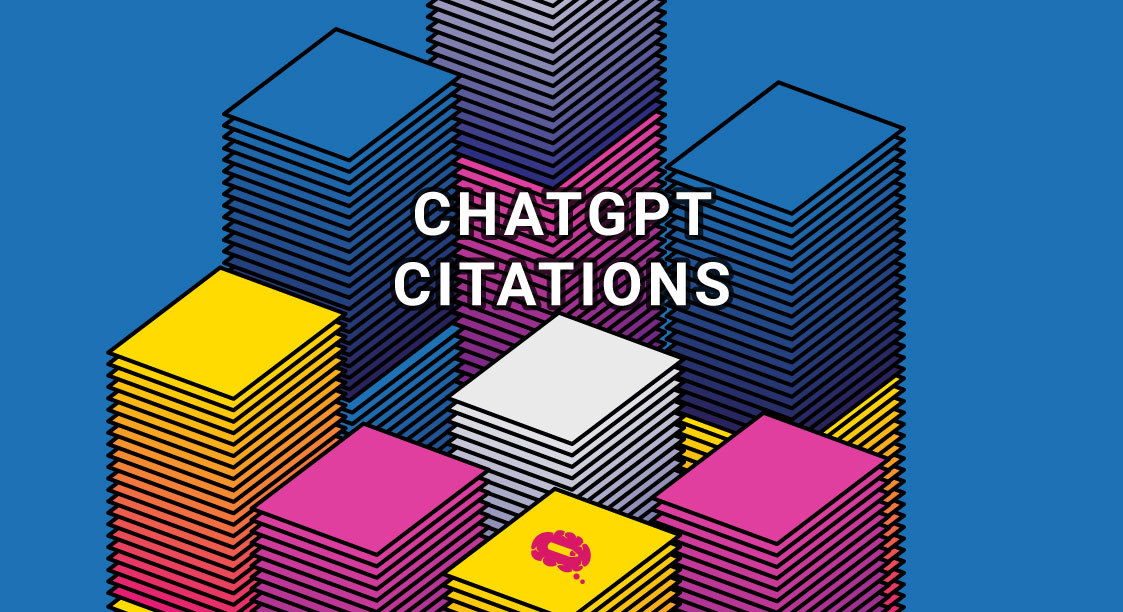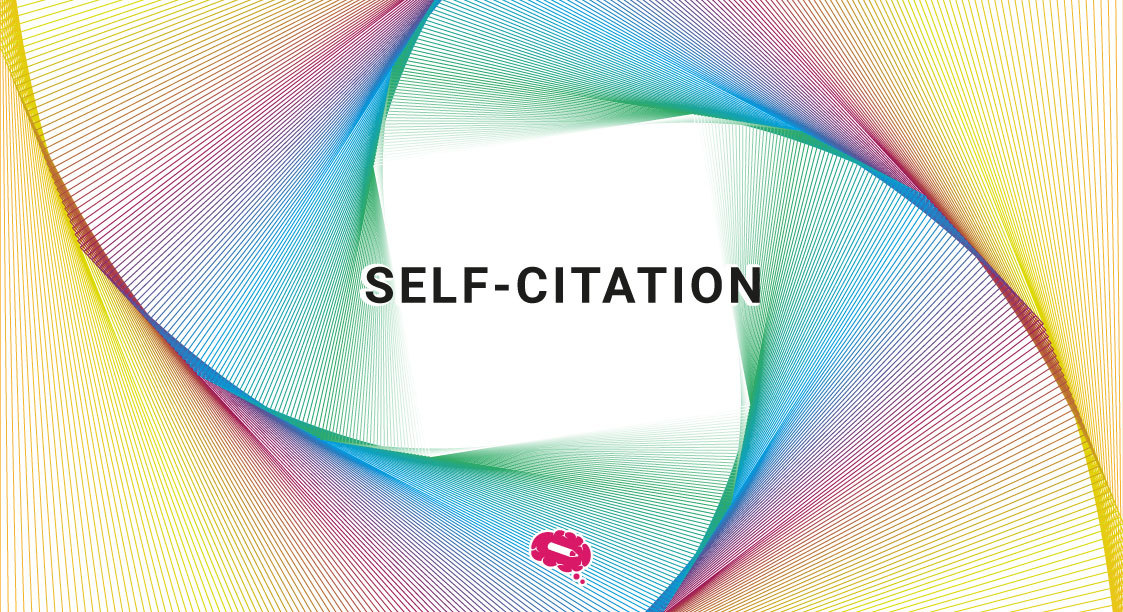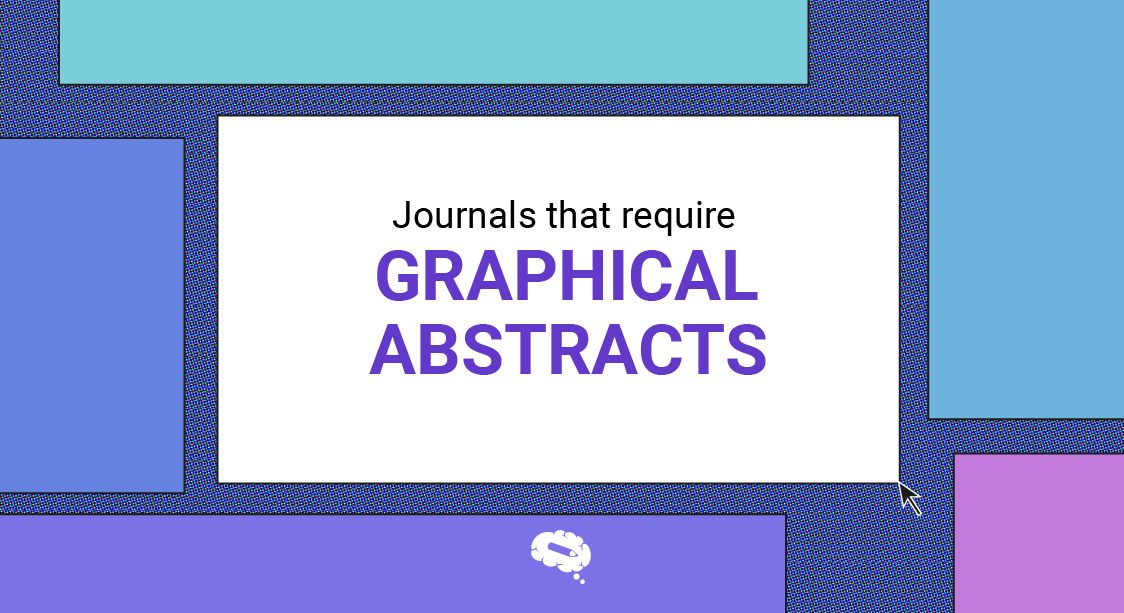In the rigorous landscape of academic writing, proper citation serves not only as a mark of intellectual honesty but also as a cornerstone of scholarly rigor. However, navigating the citation of sources that lack a clear author can present unique challenges for researchers and writers alike. Whether citing a website, a report from an organization, or an anonymous article, the absence of authorship requires adherence to specific guidelines to maintain accuracy and uphold academic integrity.
This comprehensive guide explores the essential principles and practices for citing with no author. This article will delve into the foundational rules that govern such citations, outline formatting conventions tailored to different types of sources, provide practical examples across various citation styles, and highlight common pitfalls to avoid. By mastering these techniques, you will learn citing with no author and to confidently attribute and reference sources in your academic and professional writing, ensuring clarity, consistency, and adherence to scholarly standards.
Basic Principles of Citing with No Author
Citing sources without named authors requires adherence to fundamental principles to ensure accuracy and consistency in academic and professional writing. This section outlines the essential guidelines for effectively handling citations where authorship is unclear or absent.
General Rules
- Identify the Title of the Work: In the absence of an author, use the title of the work as the primary element for citation.
- Use the Title in Place of the Author: Substitute the author’s name in the citation with the title of the source.
- Ensure Consistency: Maintain uniformity in citation style throughout your document or manuscript.
Title Formatting
- Italics for Books and Websites: Italicize the titles of books, websites, and larger works.
- Quotation Marks for Articles and Chapters: Enclose the titles of articles, chapters, and shorter works in quotation marks.
Different Types of Sources
When citing with no author, it’s crucial to follow specific guidelines tailored to different types of publications. This section outlines how to handle various sources where authorship is unclear or absent:
Books and Articles
- Format Directly with the Title: Use the title of the book or article in place of the author.
- Format: “Title of Book” (Year of Publication) or “Title of Article” (Year of Publication).
- Example 1: “The Art of Citing” (2023).
- Example 2: “Understanding Quantum Mechanics” (2021).
Websites
- Use the Website Title: When citing web pages without a clear author, substitute the author’s name with the title of the website.
- Format: Title of Website (Year of Publication or Access Date).
- Example 1: nytimes.com (Accessed July 14, 2024).
- Example 2: cnn.com (2023).
Reports and Documents
- Identify the Agency or Organization: For reports or documents without a named author, attribute the work to the responsible agency, organization, or institution.
- Format: Agency Name. (Year). Title of Report or Document.
- Example 1: Department of Health and Safety. (2022). Annual Report on Workplace Safety.
- Example 2: Environmental Protection Agency. (2023). Climate Change Action Plan.
In-text Citations
In academic writing, in-text citations serve to acknowledge sources and provide brief identifiers to guide readers to the full citation in the reference list. When citing sources without named authors, specific considerations apply to ensure clarity and accuracy in your text.
Short Titles
- Use a Shortened Title: When citing a source in-text that lacks a named author, use a shortened version of the title in place of the author’s name.
- Example: (“Art of Citing,” 2023) or (“Understanding Quantum Mechanics,” 2021).
Multiple Citations
- Differentiate Using Dates or Letters: If citing multiple sources with the same title or similar titles, differentiate them in-text using publication dates or alphabetical letters.
- Example: (Department of Health and Safety, 2022a) and (Department of Health and Safety, 2022b).
Reference List
The reference list, also known as the bibliography or works cited, provides detailed information about all sources cited within a document. When citing sources without named authors, specific formatting rules ensure accuracy and consistency in documenting these references.
Alphabetical Order
- Arrange by the First Significant Word: List entries alphabetically by the first significant word of the title (disregarding initial articles like “The” or “A”).
- Example 1: Department of Health and Safety. (2022). Annual Report on Workplace Safety.
- Example 2: New York Times. (Accessed July 14, 2024). www.nytimes.com
Consistency and Accuracy
- Ensure All Details Match: Double-check that all information in the reference list matches the in-text citations and follows the chosen citation style (e.g., APA, MLA, Chicago).
- Example 1: CNN. (2023). “Understanding Global Economics.” Retrieved from www.cnn.com.
Common Mistakes to Avoid
Citing sources without named authors requires careful attention to detail to maintain accuracy and adherence to citation guidelines. Avoiding these common mistakes ensures clarity and consistency in your citations:
Misidentifying Titles
Ensure the correct title is chosen when substituting for the author’s name. Verify the accuracy of the title to avoid misattributing sources.
Inconsistent Formatting
Stick to one citation style consistently throughout your document (e.g., APA, MLA, Chicago). Inconsistent formatting can confuse readers and undermine the credibility of your references.
Omitting Important Details
Include all necessary information required by your chosen citation style, such as publication year, URL for web sources, and organization name for reports. Omitting crucial details can make it difficult for readers to locate the original source.
Online Scientific Design Tool For Your Classes, Speeches, Papers And Much More
Mind the Graph is an online platform designed to empower scientists with tools for creating visually compelling content. With intuitive features for designing and sharing visuals, Mind the Graph enhances collaboration among research teams and simplifies the process of transforming complex scientific data into accessible presentations and publications, ultimately advancing scientific communication and knowledge dissemination.

Subscribe to our newsletter
Exclusive high quality content about effective visual
communication in science.

